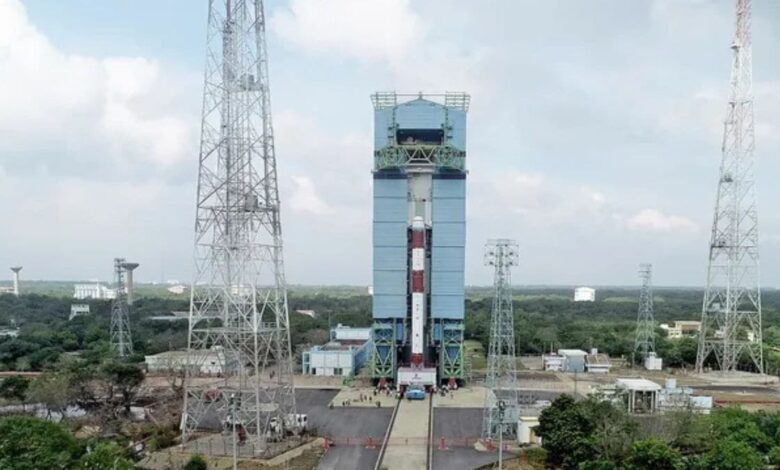
Indian Space Research Organisation’s first-ever space docking mission has been successfully launched from an indigenous PSLV-C60 rocket at Satish Dhawan Space Centre, Andhra Pradesh. The space docking experiment was termed the SpaDeX, in a bid to create India as the fourth country with this highly sophisticated technological ability.
Two spacecraft weighing about 220 kg were launched and put into 470-km orbit. Thus, the initial steps for doing in-orbit docking experiments, which are critical for any future space operation, were prepared. The experiment will help set up India’s space station for future use.
ISRO states that the SpaDeX mission is critical to expediting satellite servicing and enabling the future India space station. This mission will also be the first to demonstrate in-orbit electric power transfer between docked spacecraft, an essential capability for numerous applications, including in-space robotics and post-undocking payload management.
According to ISRO, advanced payloads have been integrated into the satellites, including an imaging system and devices for monitoring electron and proton radiation levels. These capabilities are expected to provide crucial data for future manned spaceflights. ISRO Chairman S Somanath said that docking trials are expected to start around January 7, after the satellites are confirmed to have reached the intended orbit.
The mission has repurposed the fourth stage of PSLV as an active orbital laboratory into the PSLV Orbital Experiment Module (POEM). According to Pawan Goenka, chairman of the Indian National Space Promotion and Authorization Centre, POEM would offer experiments to startups, academic institutes, and research organizations, lowering barriers to entry into the space sector.
India’s inexpensive but rapidly evolving space program has continued to move closer to worldwide milestones with its missions like SpaDeX, which is likely to put India at the centre of the world’s space-related activities.



